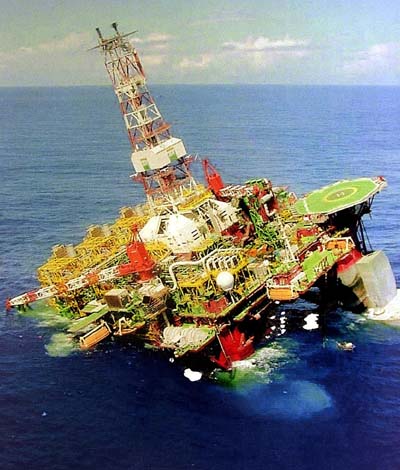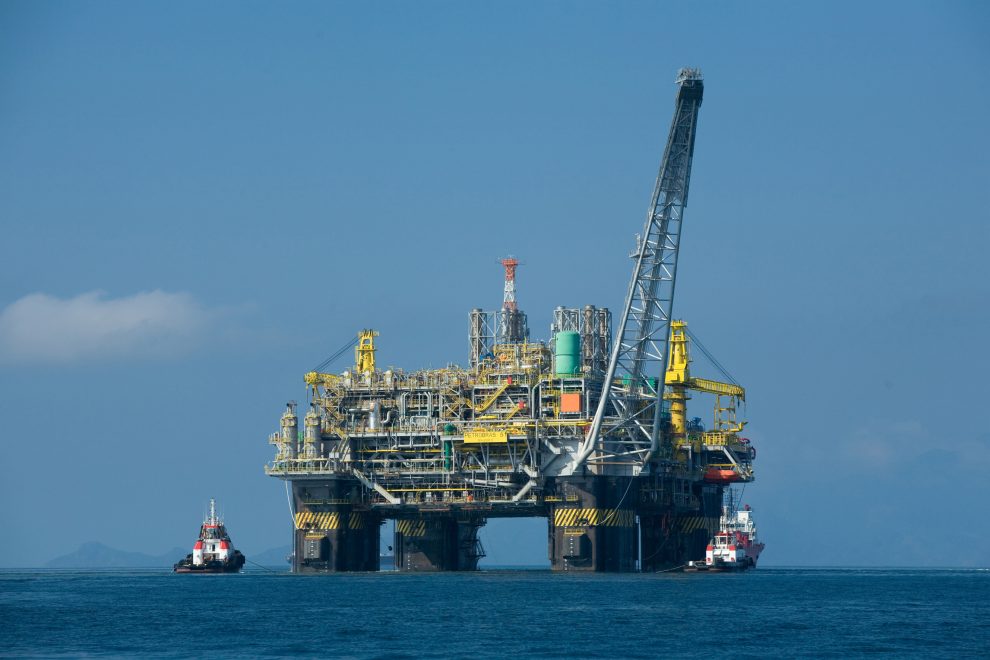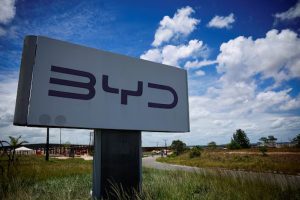(ATF) Three shipyards in east Asia are among companies vying to build large offshore platforms for Petrobras, Brazil’s state-owned oil company, which wants them for oil and gas projects.
The shipyards in South Korea – Samsung Heavy Industries Co, Hyundai Heavy Industries Holding Co Ltd and Daewoo Heavy Industries & Machinery Ltd – have been working for months and each formed a consortium to tender for the construction of two huge offshore rigs, according to sources, who told Reuters the offers were due next Monday, February 1.
Petroleo Brasileiro SA, as the state oil conglomerate is known, wants rigs able to produce 180,000 barrels per day and 7.2 cubic meters of gas, each.
Similar oil and gas platforms previously cost around $1.7 billion each to build.
Samsung and Petrobras declined to comment. Daewoo and Hyundai had yet to reply to requests for comment.
The platforms are effectively massive ships with deepwater drilling equipment that is necessary for offshore oil exploration. They are known as FPSOs, or a floating production storage and offloading units.
The debate on where Petrobras should build its platforms has been a key issue in presidential campaigns over the past two decades in Brazil.
Construction of the hull is labor-intensive, leading past administrations to create domestic-content rules. Those have been eased after a corruption scandal, although the exact local content percentage will only be known once a winner is selected.
Brazil’s biggest-ever corruption investigation – known as Carwash – exposed multi-billion dollar bribe payments from Petrobras suppliers aimed at securing contracts, including for platform construction in Brazil and in Asia.
Buried in debt, Petrobras spent more than seven years only leasing its platforms, using long-term contracts that can be amortized over 20 years. Dutch-based SBM Offshore NV and Japan’s Modec Inc split the biggest contracts.
Modec and SBM were pre-qualified to participate but have dropped out of the competition, preferring the leasing model in which they can use their own engineering instead of Petrobras’, like the current bid.

Rig sank in 2001
Not all of Petrobras’ oil projects have had happy endings. Petrobras 36 (or P-36), seen in this EPA/AFP photo, was the largest semi-submersible oil platform in the world prior to its sinking in March 2001. The rig, which weighed about 33,000 tonnes, was built in a shipyard in Genoa, Italy, in 1995, then converted to the world’s largest oil production platform and bought Petrobras for US$350 million.
P-36 was operating in the Roncador oil field, 130km off the coast, producing about 84,000 barrels of crude per day. But on March 15, 2001 there were explosions in the aft starboard column around the emergency drain tank, the first caused by an overpressure event, following by a second when fuel leaks sparked a deadly blast. The drama killed 11 of the 175 people on the rig, which lost balance and sank five days later in 1,200m of water with an estimated 1,500 tonnes of crude oil on board.
With reporting by Reuters
























